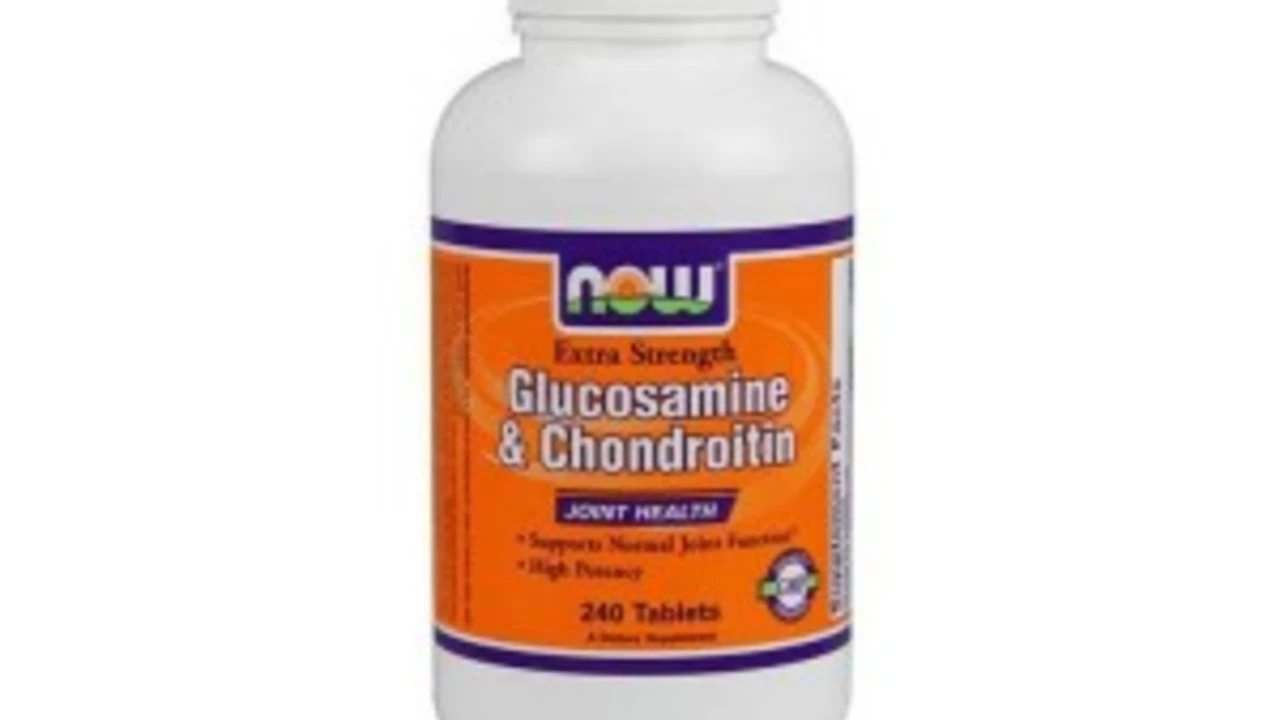Glucosamine sulfate: what it does and how to use it
Glucosamine sulfate is a common supplement people try for joint pain, especially osteoarthritis. If you're thinking about it, here’s what matters: what it is, how to take it, what evidence shows, and safety tips.
Glucosamine is a natural compound found in cartilage. Supplements usually come as glucosamine sulfate or glucosamine hydrochloride. Most clinical studies used the sulfate form, and many experts prefer it for osteoarthritis of the knee. Typical dosing is 1,500 mg a day, often taken as a single dose or split into three 500 mg doses. Some products combine glucosamine with chondroitin; that combo may help some people, but results are mixed.
How fast will you feel better? Give it time. Many people report improvements after six to twelve weeks. If you don't notice any change by three months, it's reasonable to stop and try something else. Supplements don't work magically overnight.
What does the evidence say? Trials show modest pain relief for some people with mild to moderate knee osteoarthritis. Benefits are usually smaller than what strong pain medications deliver, but glucosamine has fewer serious side effects. Large studies show variable results; some find a small benefit, others see no difference from placebo. Still, many users say it's worth trying because it's low risk and easy to use.
Safety and interactions matter. Glucosamine is generally well tolerated. Common side effects include mild stomach upset, heartburn, or diarrhea. If you have shellfish allergy, be cautious—some glucosamine is made from shellfish shells, though the finished product often lacks proteins that trigger allergies. Talk to your pharmacist or check the label. Also consult your doctor if you take blood thinners like warfarin; case reports suggest glucosamine could affect INR. People with diabetes should monitor blood sugar, as small changes have been reported.
Quick facts
Works best for knee osteoarthritis. Usual dose 1,500 mg daily. Try for 8-12 weeks. May pair with chondroitin. Watch for warfarin interaction and shellfish allergy. Choose third-party tested brands and keep a symptom diary.
Buying tips: choose brands that third-party test for purity and accurate dosing. Look for seals from groups like USP, NSF, or ConsumerLab. Read labels for glucosamine sulfate specifically, not just "glucosamine" which could be the hydrochloride form. If you buy online, pick reputable pharmacies or stores and check return policies and customer reviews.
Who should avoid it? Pregnant or breastfeeding people should skip it unless a doctor recommends otherwise. Also avoid if advised by your healthcare provider due to specific medical conditions or interactions.
Need help?
Ask your pharmacist before starting, or talk to doctor.
Simple approach to try glucosamine: pick a glucosamine sulfate product with clear dosing, take 1,500 mg daily, track symptoms for 8-12 weeks, and discuss results with your clinician. If it helps, continue; if not, stop and explore other treatments such as physical therapy, weight loss, topical NSAIDs, or prescription options. Want more practical guides on buying supplements and safe online pharmacies? Check our guides on where to buy meds online safely and how to read supplement labels.

